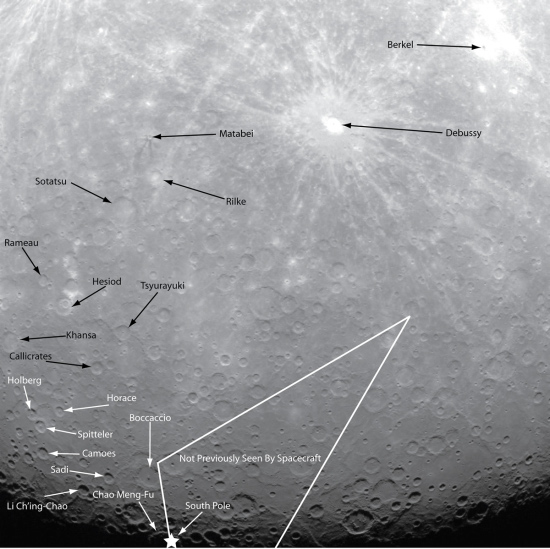Adventures in Federal Budget Cutting
A cautionary tale: Adventures in federal budget cutting.
The experience has been difficult and has caused me some personal problems. I am afraid this will be the case for anyone who tries to cut spending — in the face of an entrenched bureaucracy that thrives on ever-increasing budgets.
A cautionary tale: Adventures in federal budget cutting.
The experience has been difficult and has caused me some personal problems. I am afraid this will be the case for anyone who tries to cut spending — in the face of an entrenched bureaucracy that thrives on ever-increasing budgets.




